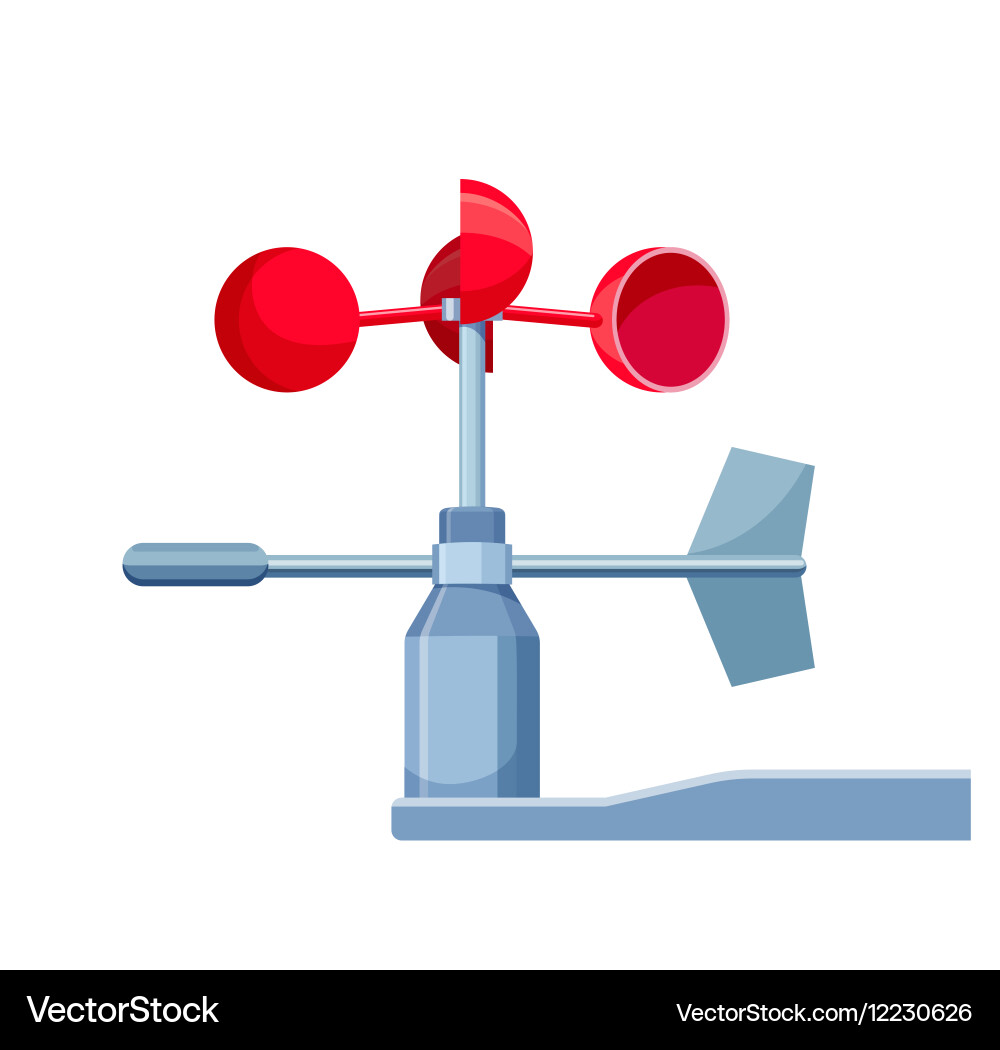Anemometer Innovations: The Current Innovation for Wind Speed Dimension
Anemometer Innovations: The Current Innovation for Wind Speed Dimension
Blog Article
Discovering the Functions and Benefits of Anemometers for Climate Enthusiasts and Specialists
From cup anemometers to sonic anemometers, each kind brings its special set of applications and advantages, losing light on numerous elements of atmospheric conditions. As we dig right into the functions and advantages of anemometers, a deeper understanding emerges not only of dominating climate sensations but additionally of the wider implications for fields like wind power production and ecological research.
Relevance of Anemometers in Weather Condition Monitoring
Anemometers play a vital role in climate tracking by giving precise dimensions of wind rate, aiding in forecasting and understanding weather patterns. These instruments, ranging from conventional cup anemometers to contemporary ultrasonic anemometers, are crucial for meteorologists, researchers, and weather condition fanatics alike. By gauging wind speed, anemometers aid in identifying the intensity of climate phenomena such as tornados, hurricanes, and twisters. Furthermore, they give valuable data for air travel, maritime procedures, and different sectors that are delicate to wind problems.

Types of Anemometers and Their Applications
With the vital function anemometers play in weather monitoring and projecting, recognizing the different types of these instruments and their applications becomes important for professionals and fanatics in the area. The most common sorts of anemometers consist of mug anemometers, vane anemometers, hot-wire anemometers, and ultrasonic anemometers. Cup anemometers include three or four cups mounted on straight arms that turn with the wind, determining its speed. Vane anemometers, on the other hand, use an openly turning vane to line up with the wind direction, providing both wind rate and instructions measurements. Hot-wire anemometers run based upon the principle of convective heat transfer, where the cooling result of the air circulation is measured to establish wind rate. Ultrasonic anemometers utilize ultrasonic sound waves to compute wind speed and direction accurately.
Mug anemometers are durable and suitable for basic climate monitoring, while vane anemometers are favored for directional dimensions. Ultrasonic anemometers are non-intrusive and supply high accuracy, often used in research study and specialized climate surveillance applications.
Benefits of Using Anemometers in Forecasting
In meteorology, the use of anemometers provides vital benefits for improving the accuracy of weather projecting. Anemometers gauge wind rate and instructions, supplying important data for anticipating weather patterns. By incorporating wind information right into forecasting models, meteorologists can much better recognize the motion of weather condition systems, expect changes in climatic problems, and issue more specific projections.
Additionally, anemometers play a crucial role in assessing possible weather condition risks. Keeping an eye on wind speeds aids forecasters forecast extreme weather condition occasions such as cyclones, tornadoes, and winter months tornados with higher accuracy. This very early warning system makes it possible for authorities to provide timely signals and execute necessary precaution, reducing the threats to life and property.
In addition, anemometers assist in enhancing renewable power production. By assessing wind patterns, meteorologists can determine ideal places for wind ranches and forecast energy result, adding to the effective generation of wind power.

Anemometers in Wind Power Manufacturing
Provided the crucial duty anemometers play in supplying precise wind information for climate forecasting and risk evaluation, their value expands to the realm of wind energy manufacturing. Anemometers are crucial tools in the area of wind energy, where the measurement of wind speed and direction is important for you could check here figuring out the usefulness and performance of wind generator installments. By accurately measuring wind rates at differing elevations, anemometers aid optimize the placement and design of wind turbines to optimize power outcome.
In wind farms, anemometers are tactically put to gather real-time wind data that is made use of to evaluate the potential energy production of a website. This information contributes in establishing the financial feasibility of wind energy projects and in forecasting power generation to make sure grid security. Furthermore, anemometers aid in monitoring wind problems to enhance wind turbine performance, protect against damages from high winds, and make sure the security of personnel operating in the area of wind turbines.
Enhancing Weather Recognizing With Anemometers

Anemometers play a key role in enhancing our understanding of microclimates. These localized weather conditions can differ significantly from broader local projections, making it necessary to have precise data for particular areas. anemometer. By purposefully positioning anemometers in different places, researchers can collect thorough info on how wind behaves in various surfaces, city settings, or bodies of water
Moreover, anemometers add to boosting weather condition forecasting models by giving real-time information on wind behavior. This details is specifically important for predicting extreme weather condition events, optimizing farming techniques, and sustaining industries like aeronautics and maritime navigation. Overall, anemometers are invaluable tools that enable us to dive deeper right into the complexities of climate systems, eventually leading to even more accurate forecasts and better-informed decisions.
Conclusion
In verdict, anemometers play an essential function in climate surveillance and forecasting by measuring wind rate and instructions. Anemometers additionally have applications over at this website in wind power production, further highlighting their importance in both weather forecasting and renewable power sectors.
From cup anemometers to sonic anemometers, each type brings its special collection of applications and benefits, losing light on numerous facets of atmospheric conditions. These instruments, ranging from traditional cup anemometers to modern ultrasonic anemometers, are vital for meteorologists, scientists, and weather anemometer condition lovers alike. The most usual kinds of anemometers consist of mug anemometers, vane anemometers, hot-wire anemometers, and ultrasonic anemometers. Cup anemometers are robust and appropriate for general weather monitoring, while vane anemometers are favored for directional dimensions. Anemometers are essential instruments in the area of wind power, where the dimension of wind rate and direction is critical for establishing the feasibility and efficiency of wind generator installments.
Report this page